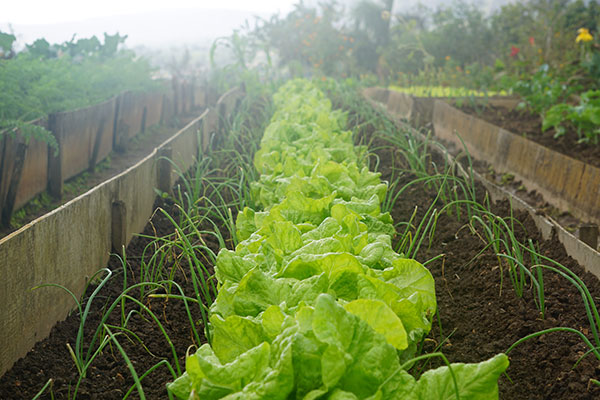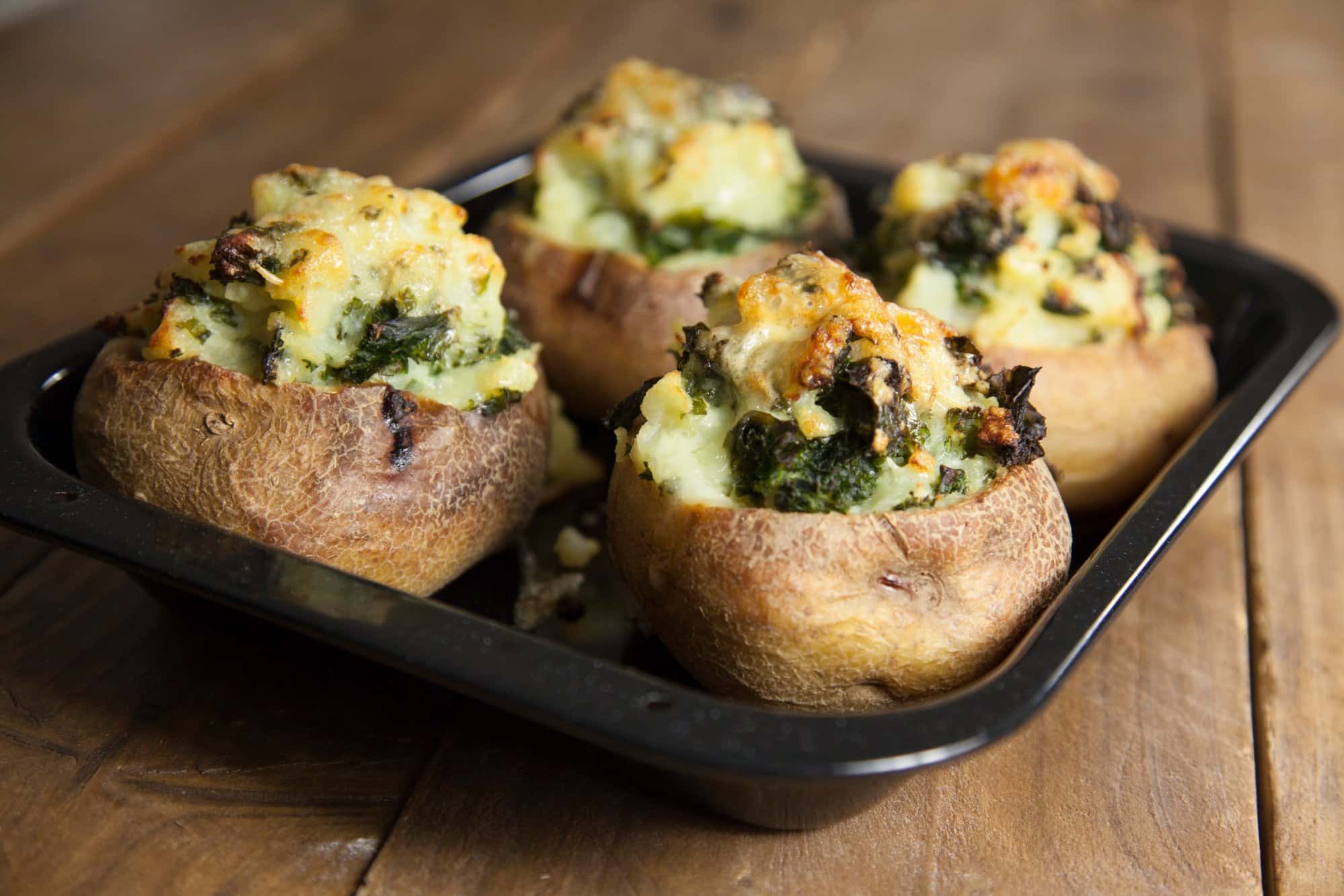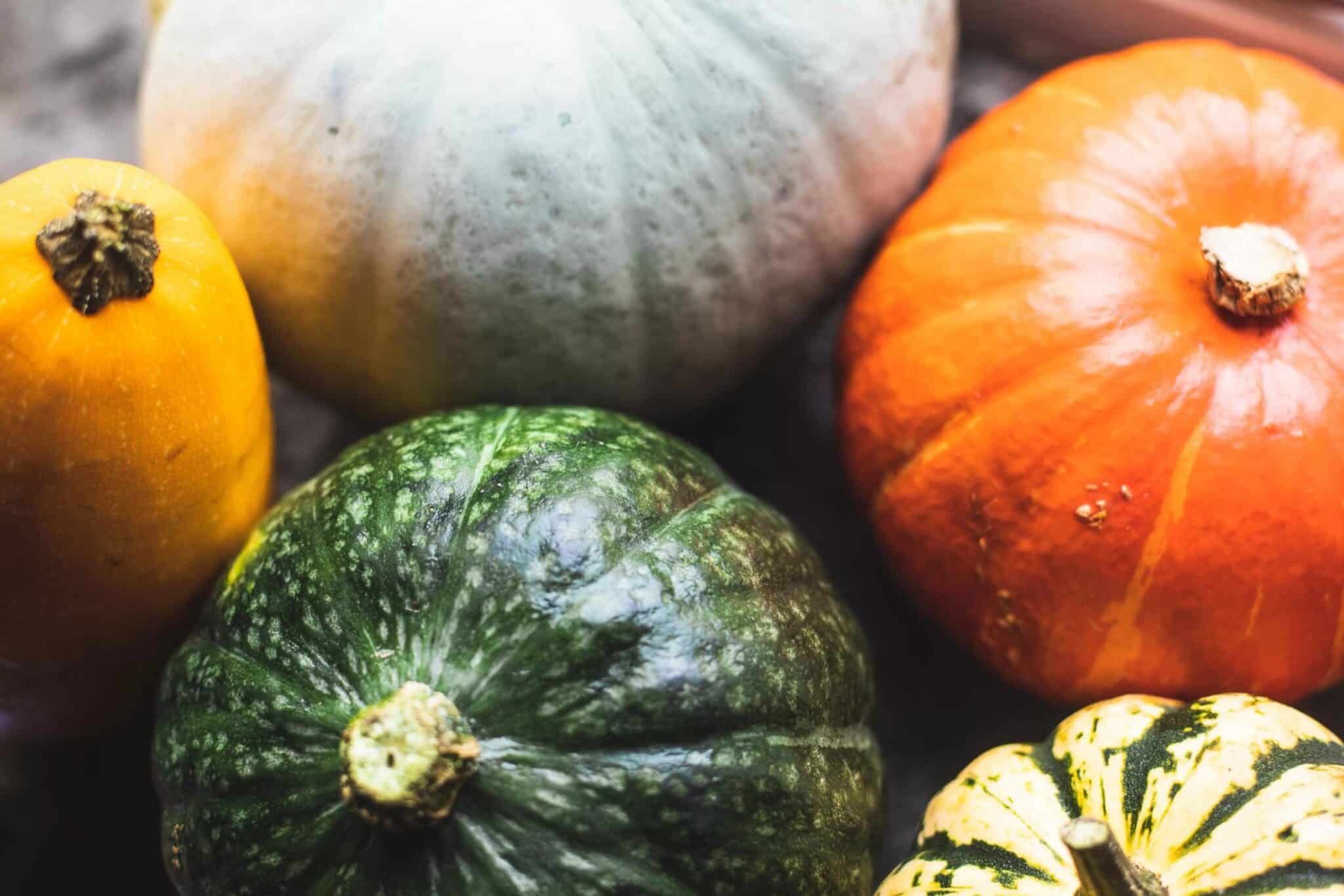It’s February, and even the hardiest gardener faces cold, flood and despond. “Mud and despair”, is how my grandmother described the month. But shoots of snowdrops and early crocuses lift the heart, and pearly winter light spreads through the longer days.
For veg growers, now is the time to get busy with pencil and paper. You need to plan your planting.
“Why?” I hear you ask. “Can’t I just enjoy the randomness of broccoli nestling up to beans, beautiful strawberry flowers weaving between sweetcorn and sorrel?”
Well, yes, up to a point.
Organic growing does advocate mixed planting. Different varieties and flowering seasons will help wildlife by providing a mix of habitats, and extending the season of pollen, fruits, seeds and other foods.
But the clever organic gardener also knows that, like most things in life, a little planning often leads to the best outcome. And for two very good reasons. Choosing where to put your crops, year after year, will help your soil life and keep it healthy and disease free.
Some plants, such as potatoes, tomatoes, squashes and brassicas, need more nutrients than others. So plan to put these hungry plants in beds and areas spread with nutritious homemade compost.
The not-so-hungry plants, like leeks, onions, carrots, peas and beans, can be grown in areas that were composted last year. This way you are preparing the soil’s fertility for the varying demands of different crops and keeping it in good condition. It also means you only need to apply compost once a year, on areas where it is most needed.

Plant diseases and pests can live in the soil, especially over winter. Many of them are plant specific, like the devastating club root in brassicas and the allium leaf miner. So it makes sense to avoid a repeat attack by moving your veg around, year on year, a technique known among growers and farmers as crop rotation.
The easiest way to do this is first group your veg into families (see below). Then divide up your growing area – usually four different plots will give you a good rotation. Now make sure that each family member is planted in a different place, this year and in all subsequent years. For instance, never follow potatoes with tomatoes, as they both come from the solanaceae family.
The clever ones among you will realise that not only are you avoiding pest and disease build up, but also you’re now on top of feeding the soil’s fertility. And that, as my grandmother would say, is good gardening.
Hungry plants
Potatoes, tomatoes, courgettes, brassicas (such as broccoli and cabbage) They will benefit from a top dressing of compost in the spring.
Not-so-hungry plants
Leeks, onions, carrots, parsnips, peas and beans. They can be grown in areas which were composted last year.
Plant families
Alliums: Onion, garlic, shallot, leek
Brassicas: Brussels sprouts, cabbage, cauliflower, kale, kohl-rabi, oriental greens, radish, swede and turnips
Legumes: Peas, broad beans, French and runner beans
Potato (Solanaceae): Potato, tomato
Roots, general: Beetroot, carrot, celeriac, celery, Florence fennel, parsley, parsnip (NB swedes and turnips are brassicas)
The Grow Your Own Wicked Leeks series is written by Garden Organic, the national charity for organic growing. Each month we bring you timely advice on what to do in your organic patch. We hope they inspire you on your organic growing journey, whether you’re an experienced grower or just starting out.
Share your own tips and gardening photos on social media under #GYOWickedLeeks.















0 Comments